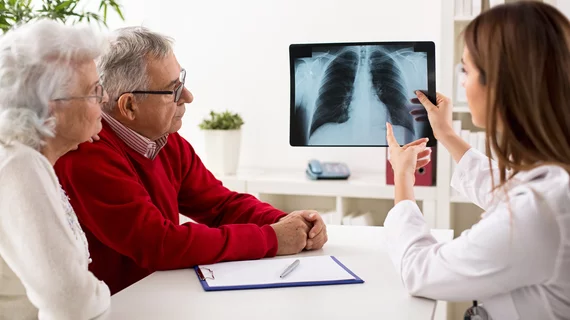3 strategies to control wasteful imaging
Unnecessary imaging is a serious problem in the United States. So what can be done about it? A new analysis published in the Journal of the American Medical Association explored that very question.
The industry has combated unnecessary and wasteful diagnostic imaging by implementing appropriate use criteria and educating physicians, but more needs to be done. These are three strategies suggested by author John P. A. Ioannidis, MD, DSc, of the Stanford Prevention Research Center in California, and colleagues:
1. Educate patients
Healthy individuals and patients can be educated abut radiation risks, intravenous contrast and the possibility of incidental findings. The use of flowcharts and diagrams may illustrate the potential “detrimental effects” of further testing, the authors added.
“Instead of the current typical pretest conversation, which generally involves a clinician simply notifying the patient that imaging is ordered, a shared decision-making process requires comprehension of the likely gains versus the potential detrimental effects of testing, including the detection and investigation of unrelated findings,” the authors wrote.
Shared decision-making, the authors wrote, allows for improved transparency and decreased confusion regarding follow-up and treatment. Also, communicative interventions may need to occur at multiple times during a single patient interaction so that patient safety is adequately addressed.
2. Focus on the target
Lowering the image sensitivity of anatomy that is not the primary target could result in fewer unrelated findings, the researchers wrote. Some may argue that the limited image may not allow for the radiologist to make an accurate diagnosis. The authors said, however, that this may be true for more complicated cases, but not for most patients.
“Although this approach would not reduce the number of initial tests, it could potentially prevent the cascade of tests that follow an incidental finding,” the authors wrote.
3. Ask radiologists to serve as gatekeepers
Additionally, instead of just interpreting examinations, radiologists may also need to become “gatekeepers” to regulate what tests should be ordered or not ordered.
“This would require embedding radiologists more routinely as consultants in clinical encounters that contemplate ordering imaging tests,” Ioannidis and colleagues noted.

